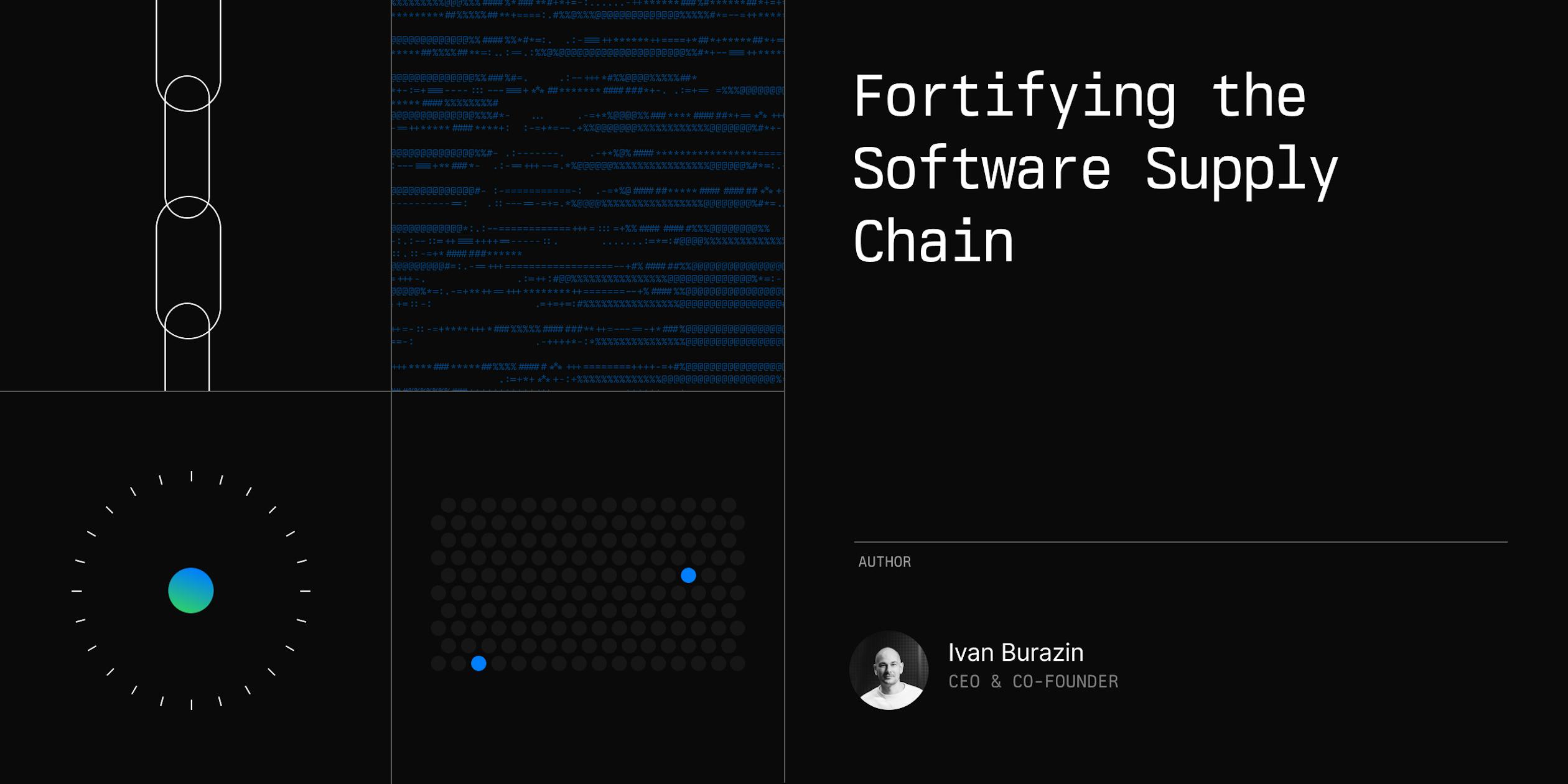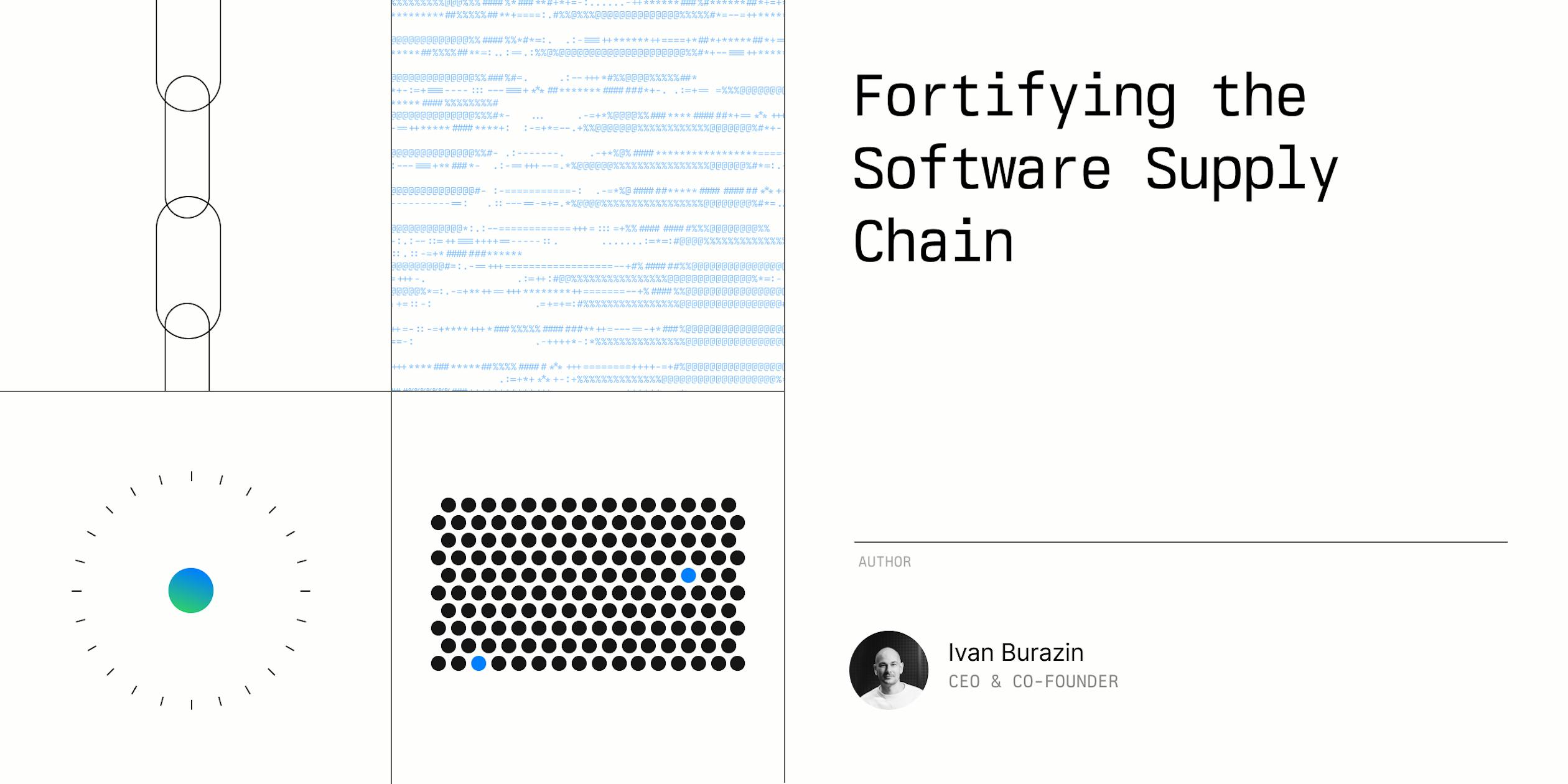The intricate and interconnected nature of software supply chains has become increasingly evident. With organizations heavily relying on open-source components and diverse ecosystems to construct their applications, the threat of supply chain attacks has surged. These attacks, orchestrated by malicious actors who exploit vulnerabilities in these dependencies, can compromise entire downstream ecosystems, leading to substantial financial losses and irreparable damage to reputation.
According to Cybersecurity Ventures, the global cost of software supply chain attacks on businesses is predicted to reach a staggering $138 billion by 2031. This alarming statistic underscores the critical importance of proactively addressing software supply chain security risks. Organizations must prioritize the integrity and resilience of their software supply chains to protect their digital assets and mitigate potential threats.
One powerful solution to this complex challenge is centralizing source code in self-managed environments. By consolidating code repositories and leveraging the capabilities of their infrastructure, development teams can enhance collaboration, security, and efficiency while mitigating the risks associated with scattered source code management.
As Jim Zemlin, Executive Director of The Linux Foundation, states:
Open source software doesn't just fuel innovation across industries, from satellites to cars to banks and whole institutions. It also underpins national security and critical infrastructure like water, energy, and manufacturing.
Jim Zemlin, Executive Director of The Linux Foundation
By centralizing source code and prioritizing supply chain security, we can ensure that the foundation of our digital world remains strong, resilient, and trustworthy.
Understanding the Software Supply Chain
To appreciate the significance of cloud-based source code centralization, it's essential to understand the intricacies of the software supply chain. The software supply chain encompasses all the interconnected modules and components involved in the development and deployment. This includes code, configurations, proprietary and open-source libraries, plugins, container dependencies, and the tools and people involved in software development.
90% of the code originates from open-source dependencies, while the remaining 10% is written by your development team.
Feross Aboukhadijeh, Founder and CEO of Socket
The complexity of today's software supply chains, which often rely on diverse software and online services ecosystems, makes them particularly vulnerable to attacks. Vulnerabilities can stem from various sources, including infrastructure misconfigurations, exploitation of software vulnerabilities, outdated code components, and human error. As a result, organizations must adopt a comprehensive approach to secure their software supply chains effectively.
The rapidly rising frequency of software supply chain attacks is a stark reality. It's more crucial than ever for organizations to prioritize software supply chain security — before a link in part of their supply chain gets compromised.
2023 Software Supply Chain Attack Report
Software supply chain security involves identifying and mitigating risks associated with the technologies and methodologies utilized throughout the software development lifecycle. This encompasses the entire journey from creation to deployment, covering aspects like open-source dependencies, development and testing tools, package managers, and more.
Unlike traditional cyber threats, supply chain vulnerabilities pose a unique danger as a single compromise can affect a broad range of end-users and systems, making detection particularly challenging.
Notable instances of software supply chain breaches include:
Event-stream Incident: The npm package, event-stream, was infiltrated after a maintainer introduced a harmful dependency, flatMap Stream, which, when updated, would incorporate the malevolent code into the package.
SolarWinds Orion Breach: Attackers infiltrated the SolarWinds Orion Platform, a widely used infrastructure monitoring system, misleading users to download a compromised update. This breach affected major corporations and government entities by exploiting the platform's trusted status.
Codecov Bash Uploader Compromise: Codecov fell victim to a security breach when attackers exploited Docker image creation flaws to access credentials, altering the installation script and documentation, which affected numerous clients, including Twilio and GoDaddy.
These incidents highlight the vulnerability of software supply chains, where a single compromised element can have widespread repercussions. The rising concern over such breaches, amplified by regulatory responses like the Biden Administration's Executive Order, has driven organizations to emphasize software supply chain security measures.
The Benefits of Source Code Centralization
Centralizing source code in self-managed environments offers several compelling benefits that directly address the challenges of scattered code management and enhance supply chain security.
Firstly, it enhances security and compliance by consolidating code repositories in a single, cloud-based platform. This allows organizations to gain better control over access permissions and enforce consistent security policies across the entire codebase. Centralized environments can be configured to comply with industry standards and regulations automatically, reducing the risk of breaches that could disrupt the supply chain. As Jen Easterly, Director of the U.S. Cybersecurity and Infrastructure Security Agency (CISA), emphasizes, centralizing source code in the cloud aligns with the goal of working with the open-source community to ensure secure software while reaping its benefits.
Secondly, cloud-based source code centralization fosters improved collaboration and efficiency among development teams. With a centralized platform, teams can collaborate in real-time, regardless of their geographical location, facilitating faster decision-making and problem-solving. Cloud environments enable streamlined workflows by integrating with other development tools, such as CI/CD pipelines, testing environments, and deployment platforms, allowing for automated and efficient processes.
Thirdly, centralized cloud environments offer enhanced reliability and disaster recovery capabilities. Cloud providers typically replicate data across multiple locations, ensuring that a failure in one area does not result in data loss. This is critical for maintaining the software supply chain's integrity. In the event of a disaster or outage, cloud environments can rapidly restore data and services, minimizing downtime and ensuring business continuity.
Furthermore, cloud-based source code centralization provides organizations the scalability and flexibility to adapt to changing requirements and market demands. Cloud environments can dynamically scale resources based on the development team's needs, ensuring supply chain systems remain responsive and performant. The cloud also offers various tools and services that development teams can leverage to address emerging supply chain challenges without significant upfront investments or lengthy deployment times.
Lastly, centralizing source code in the cloud can lead to cost savings for organizations. Cloud services typically operate on a pay-as-you-go model, eliminating the need for upfront capital investments and ongoing maintenance costs associated with on-premises infrastructure.
While cloud-based source code centralization offers numerous benefits, it's important to acknowledge and address potential concerns and challenges, such as data privacy, vendor lock-in, and migration challenges. Organizations must consider using open standards and portable technologies to minimize the risk of vendor lock-in and plan their migrations carefully to ensure a smooth transition without impacting development workflows.
Strengthening the Software Supply Chain with Daytona’s Development Environment Management
The prevailing complexity and interdependency within software supply chains present undeniable risks. As reliance on open-source components and multifaceted ecosystems intensifies, so does the potential for exploitation of supply chain vulnerabilities. Such exploitation can jeopardize entire ecosystems, leading to considerable financial and reputational harm.
With its robust development environment management and standardized development environments, Daytona provides a proactive approach to countering these risks. Daytona enhances security and collaboration by centralizing development within a managed or self-hosted cloud environment. This solution aligns neatly with the critical need to shore up our digital infrastructure's resilience in the face of mounting threats.
Enhanced Security Through Centralized Management
Daytona's Enterprise model emphasizes the consolidation of development within self-hosted, self-manager, or even air-gapped cloud-based environments, thus establishing a more secure software supply chain immediately. Daytona enables greater oversight and uniform security measures by managing and standardizing development environments. Such centralization acts as a bulwark against the vulnerabilities posed by scattered and decentralized code management systems.
Consistent Development Environments
Daytona ensures that all developers work within standardized environments, curtailing the inconsistencies that often introduce security risks. By maintaining uniformity in development environments, Daytona significantly reduces the likelihood of introducing vulnerabilities due to environment-specific discrepancies or misconfigurations.
Streamlined Collaboration and Efficiency
Daytona fosters enriched collaboration and streamlined efficiency. Teams operating in standardized environments can easily collaborate, irrespective of geographic location. Faster decision-making translates to more agile and secure mitigation of supply chain challenges.
Reliable and Quick Disaster Recovery
Inherent in solutions like Daytona is the advantage of improved reliability and disaster recovery. With critical data replicated in secure servers, Daytona users benefit from minimized impact in the event of infrastructure failures, ensuring that software supply chains remain intact and operable.
Flexible and Scalable Response to Demand
Addressing the dynamic requirements of software supply chains, Daytona provides scalability and flexibility for development environment management. Its infrastructure can swiftly adjust to shifts in demand, preserving the responsiveness and efficiency of supply chain processes. This adaptability is essential in promptly responding to current and emerging security threats.
Daytona's managed development environments address numerous concerns previously highlighted, supplying a fortified defense against supply chain attacks. Daytona presents an effective response to the challenges inherent within the software supply chain through centralization, standardized environments, enhanced collaboration, and improved recovery measures.
Note
This article was originally published on The New Stack.




